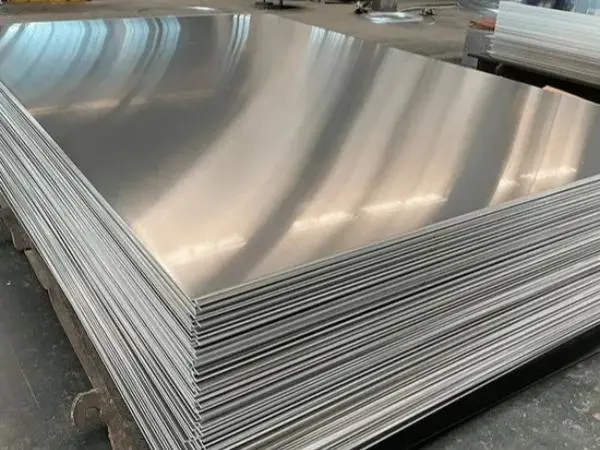- Phone0086 731 8564 8255
- E-mailsales@cscsteel-manufacturing.com
-

Heat-resistant ceramic lined pipes are specialized pipelines designed to handle extreme temperatures and harsh conditions in industrial applications. The ceramic lining, typically made of high-grade materials like alumina, zirconia, or silicon carbide, offers excellent thermal stability and wear resistance, making these pipes ideal for environments where both heat and abrasive materials are present. Below are the key areas where heat-resistant ceramic lined pipes are commonly used.
1. Power Generation
In power plants, particularly coal-fired and biomass power plants, ceramic lined pipes are used to transport high-temperature materials such as:
Fly Ash and Bottom Ash: These abrasive materials are generated during combustion and are transported at high temperatures. The ceramic lining protects the pipes from thermal and mechanical wear, ensuring long-lasting operation.
Flue Gas Handling: The high heat resistance of ceramic lined pipes makes them suitable for transporting flue gases at elevated temperatures without suffering from deformation or corrosion.
2. Cement Industry
The cement industry involves high-temperature processes, such as:
Kiln Exhaust Systems: Ceramic lined pipes are used to handle the hot exhaust gases and dust from cement kilns. The pipes must resist both the heat and the abrasive nature of the materials.
Clinker Conveying: During the cooling and transportation of clinker, which is formed at very high temperatures, heat-resistant ceramic pipes ensure that the pipelines remain intact under thermal stress and abrasive forces.
3. Mining and Mineral Processing
Heat-resistant ceramic lined pipes are commonly used in the mining sector where both temperature and abrasion are concerns:
Slurry Transport: High-temperature slurry, especially in metal extraction and processing, is highly abrasive. Ceramic lining ensures that the pipes can withstand both the abrasiveness and the elevated temperatures of the slurry.
Ore Processing: Hot, abrasive materials from mineral processing plants are often transported through ceramic lined pipes, which can endure the combined effects of wear and heat.
4. Steel and Metallurgical Industry
In the steel industry, ceramic lined pipes are used in various processes involving high heat:
Blast Furnace Gas Transport: Ceramic lined pipes are employed to transport hot gases generated in blast furnaces, which can exceed temperatures of 1000°C. The ceramic lining prevents the pipes from succumbing to thermal degradation.
Ladle and Tundish Operations: During steel casting, heat-resistant pipes are necessary for handling the molten metal and slag in ladle and tundish processes. The ceramic lining protects against the extreme temperatures and corrosive nature of molten metal.
5. Chemical and Petrochemical Industries
Heat-resistant ceramic lined pipes are used in high-temperature chemical processing environments, such as:
Catalytic Cracking Units: In refineries, catalytic cracking units operate at high temperatures to break down hydrocarbons. Ceramic lined pipes are used to transport the catalyst and products at elevated temperatures, ensuring the longevity of the pipeline.
High-Temperature Chemical Reactions: Many chemical reactions are exothermic and require heat-resistant pipelines. Ceramic lined pipes offer both corrosion resistance and the ability to withstand the high temperatures involved in these reactions.
6. Glass and Ceramics Manufacturing
In glass and ceramics manufacturing, where high heat and abrasive materials are frequently encountered:
Furnace Exhaust Systems: Ceramic lined pipes are ideal for conveying hot gases and particulate matter from furnaces without suffering from thermal damage.
Glass Frit Transport: Glass frit and other ceramic powders are abrasive materials that are often handled at high temperatures. Heat-resistant ceramic lined pipes are used to transport these materials efficiently.
7. Oil and Gas Industry
In upstream and downstream oil and gas operations, heat-resistant ceramic lined pipes play a crucial role in handling:
High-Temperature Hydrocarbon Fluids: Ceramic lined pipes are used for transporting high-temperature crude oil, natural gas, and other hydrocarbon fluids in refineries, where conventional pipes might fail due to thermal stress and abrasion.
Drilling Mud Transport: High-temperature drilling fluids, which are highly abrasive, can be handled by ceramic lined pipes to ensure long-lasting and reliable performance.
8. Waste-to-Energy Plants
In waste-to-energy facilities, where high-temperature combustion processes occur:
Ash and Slag Conveyance: Heat-resistant ceramic lined pipes are used to transport hot ash and slag generated during waste combustion. The pipes can withstand both the high temperature and the corrosive nature of the waste materials.
In conclusion, heat-resistant ceramic lined pipes are essential for industries that operate under high-temperature and abrasive conditions, providing both protection from wear and ensuring the efficient and safe transport of materials in these challenging environments.




